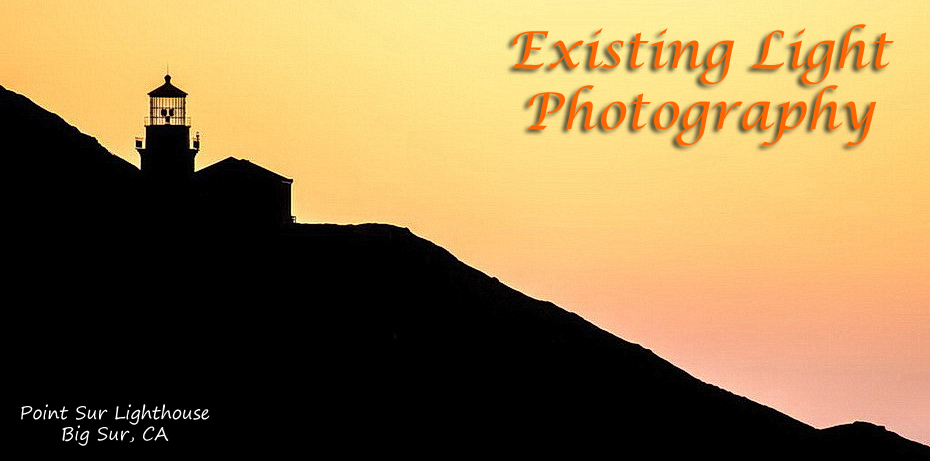Recently, I've found myself in several discussions with other photographers about the appeal of organized photo tours or impromptu shoots, versus individual photo trips. To my surprise, many of the others echoed my preference to do their photographic exploring (generally outdoor and landscape photography) on their own. Interestingly, they often described themselves as introverts. I thought it was just me.
I am an assistant organizer for a photography group through www.meetup.com, a service that provides a web presence for interest groups of all kinds (check them out). The other organizers and I arrange photography opportunities that range from a few hours at a local event to a weekend at a distant location, and which may attract as many as 40 photographers or as few as 4. A frequent complaint from new members is that once we meet on location and get oriented, we then disperse to get our shots. Some people buddy up or are part of a small group; others of us shoot alone. To me, shooting alone is normal. While I enjoy socializing before and after these events, I'm there to take photos and ultimately, that is a solitary activity, even if for just a moment. Being creative is generally done individually, whether it's painting, writing, or composing a symphony.
This is not to say that I have to be isolated to enjoy photography or that I haven't enjoyed traveling and shooting with other photographers. It's just that when I travel alone, it's my pace, my preferences, my starting time (I'm an early bird), and my shutdown time, and I can change plans whenever I want, without explanation. I realize that that makes me sound selfish. Maybe I am, but it is my trip, my time and my money, and when I'm back home the images I captured will be mine.
I'll admit that there have been many times when I've wished that there were others with me to share a particularly beautiful scene. And, there have been times when I've been shooting with others and I've gotten good images by.following their lead and sometimes they've followed mine. On the whole, however, I prefer not to be part of the huddled masses and to march to my own beat, to mix metaphors.
Finally, I tend to talk to myself while shooting, and nobody wants to hear that.
I'll admit that there have been many times when I've wished that there were others with me to share a particularly beautiful scene. And, there have been times when I've been shooting with others and I've gotten good images by.following their lead and sometimes they've followed mine. On the whole, however, I prefer not to be part of the huddled masses and to march to my own beat, to mix metaphors.
Finally, I tend to talk to myself while shooting, and nobody wants to hear that.







